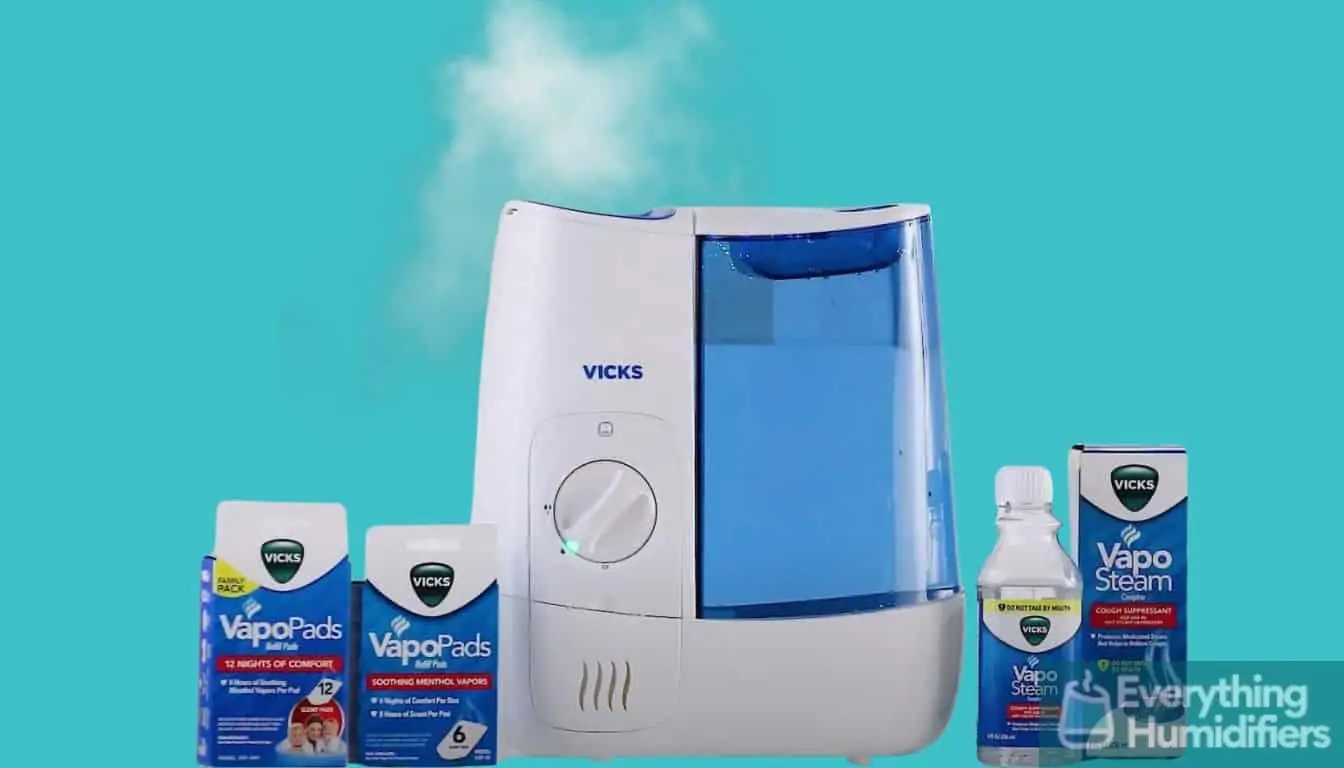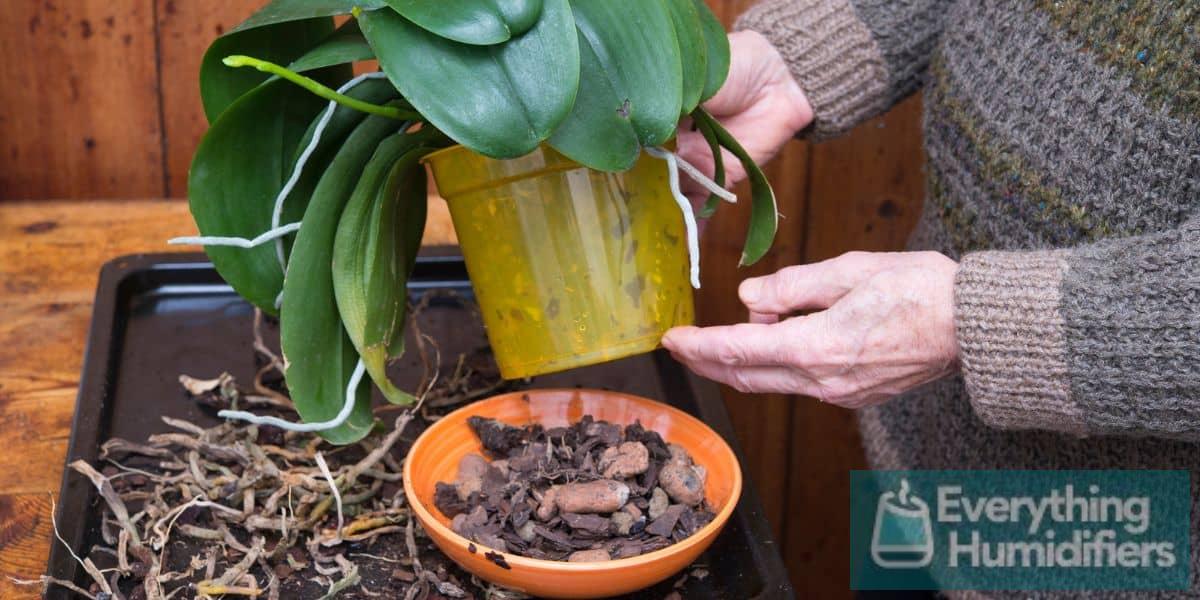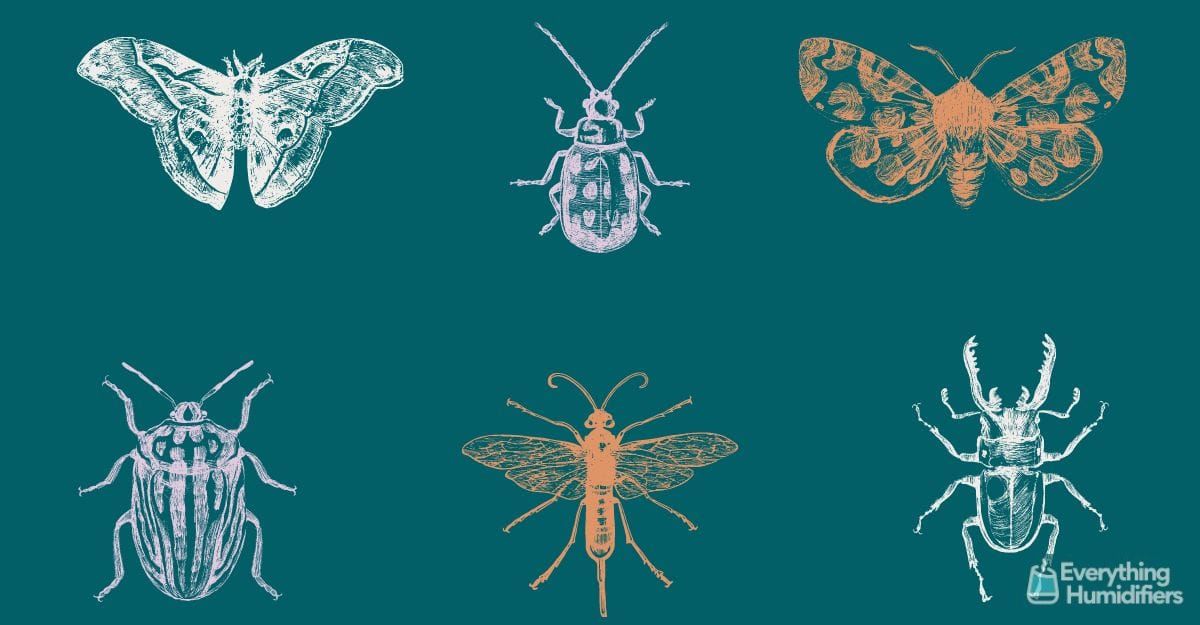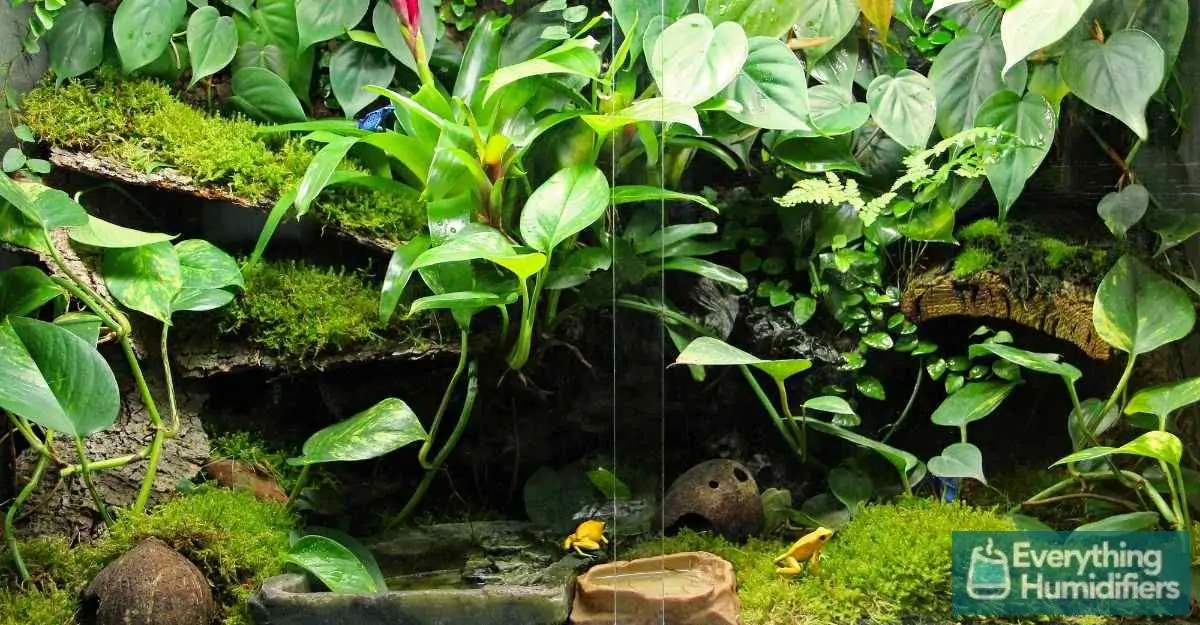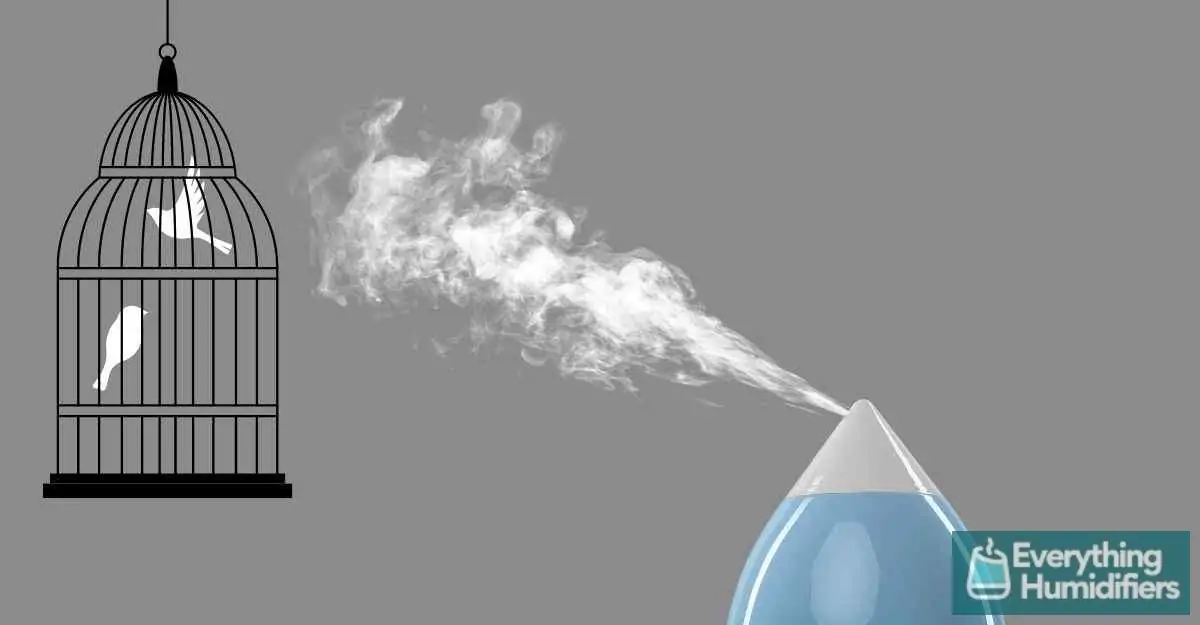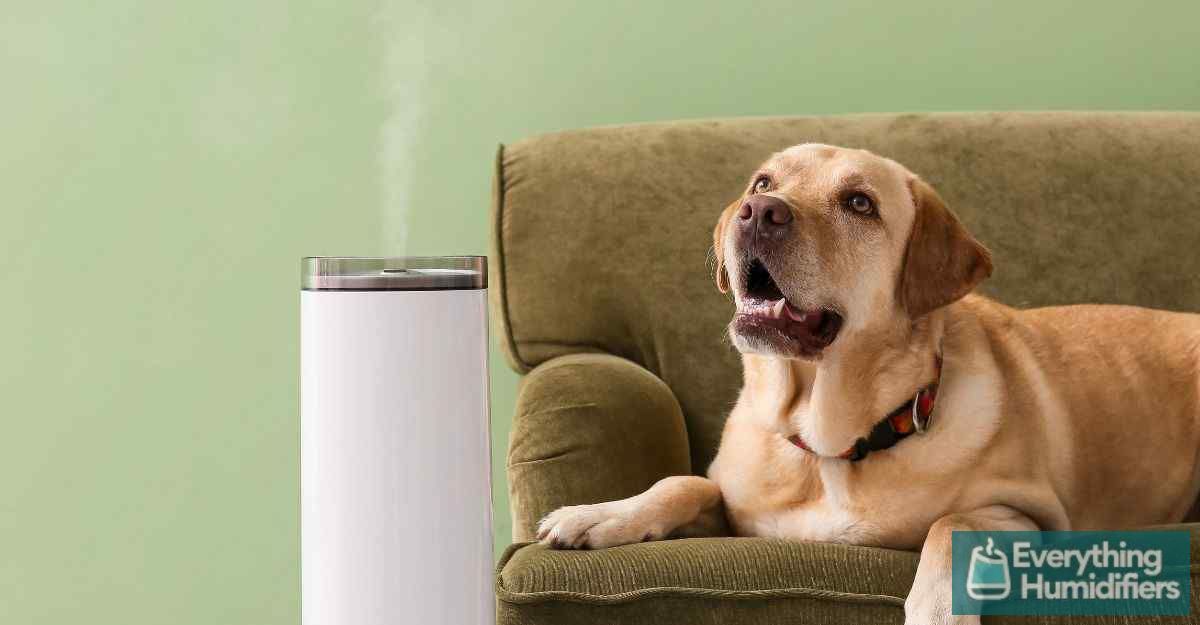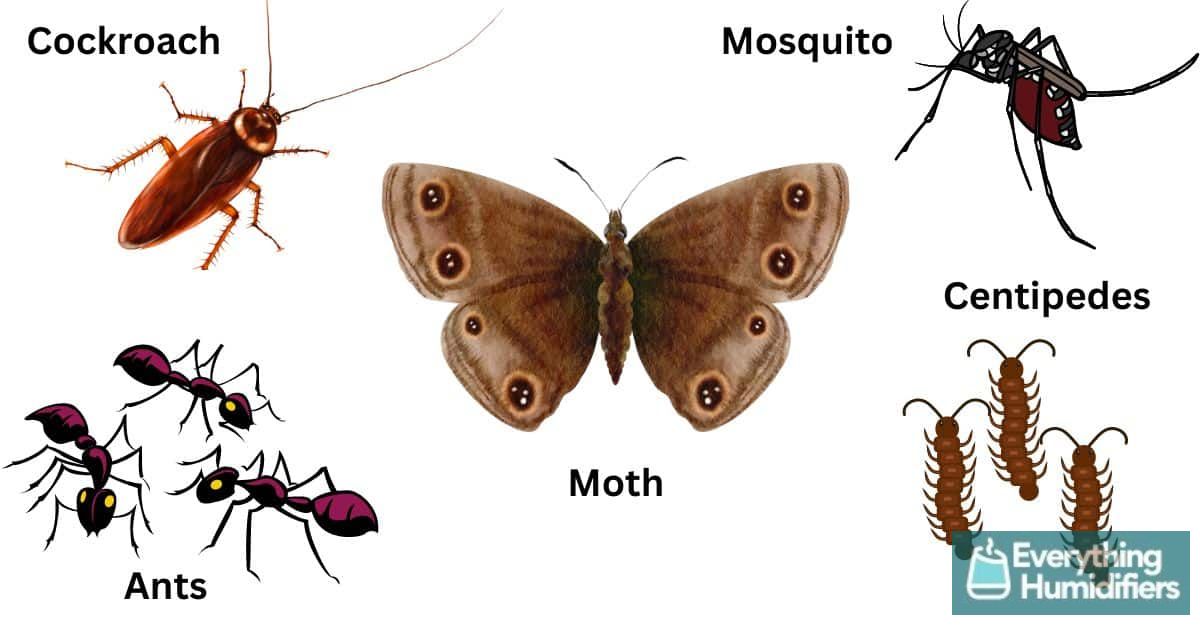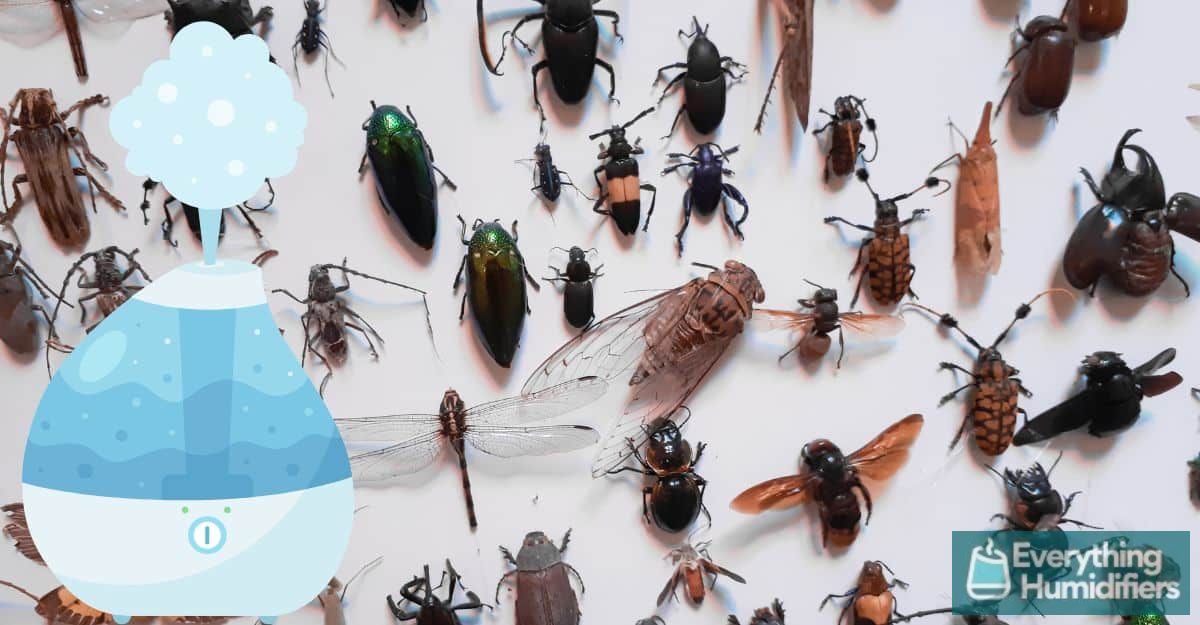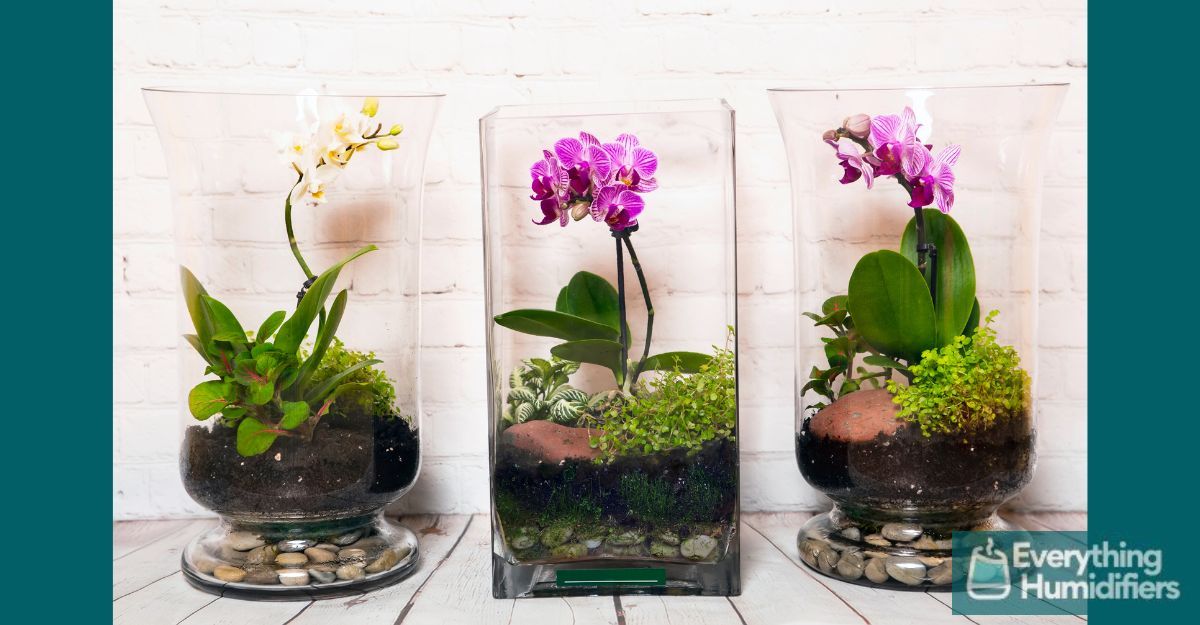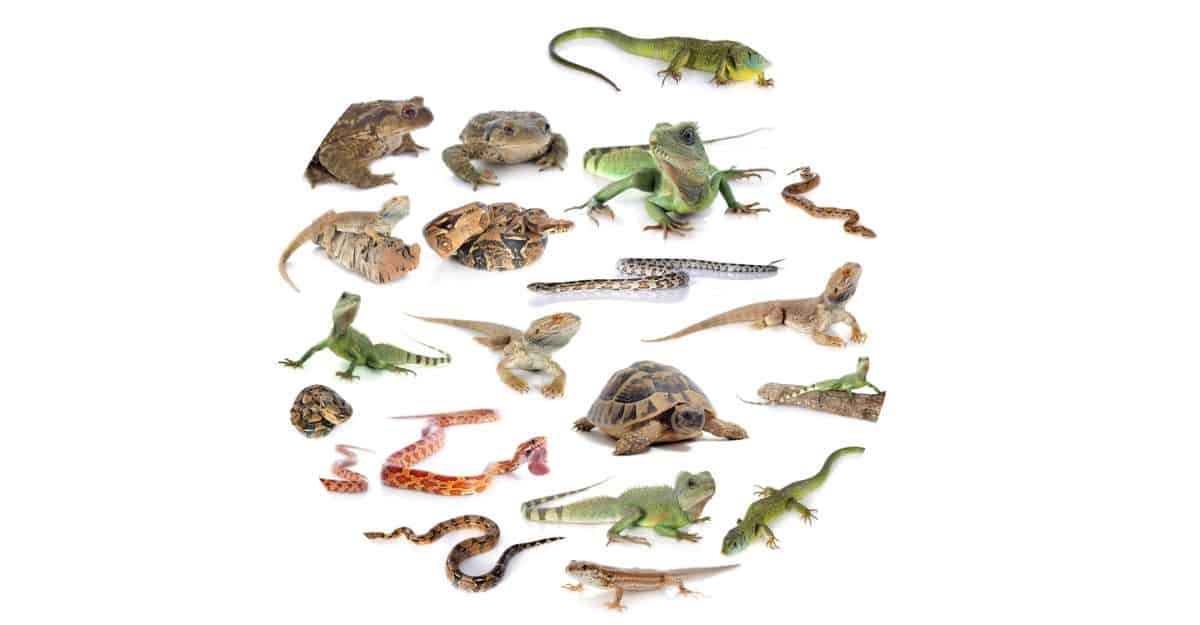If your home is in a region that has low humidity and very dry air, installing a humidifier will help increase the moisture content and regulate the humidity levels.
That sounds great until you find that you have created the opposite problem – too much humidity that causes dreaded mold to start growing on your walls, tiles, and ceilings.
Over-humidifying your home creates high moisture content that encourages the growth of mold. To prevent mold, keep humidity levels between 30% – 60% and ensure that your rooms are ventilated. Fill your humidifier with distilled or demineralized water and clean it regularly to kill bacteria.
In this article, we are looking at tips on how to use a humidifier safely to prevent mold or mildew from growing in your home and in your humidifier.

Where does Mold grow?
Mold flourishes in damp, dark, and warm places.
It can be seen as dark patches on tiles, walls, ceilings, and even furniture.
Unfortunately, mold is not always visible, and large colonies can breed inside walls, pipes, and vents that go unnoticed.
Mold will cause extensive damage to furniture, fittings, and belongings and is also detrimental to the health of people in the home.
Let’s look at some tips on How to prevent mold when using a humidifier.
Don’t over humidify
Not many of us know what the humidity in our homes is. By using a small device called a hygrometer, you can easily measure the percentage of humidity in the air.
A reading of over 60% indicates high humidity. Your environment will feel damp and muggy.
You may notice condensation on windows and mirrors if the room is not well-ventilated.
Rooms like bathrooms, showers, kitchens, and basements may emit bad odors.
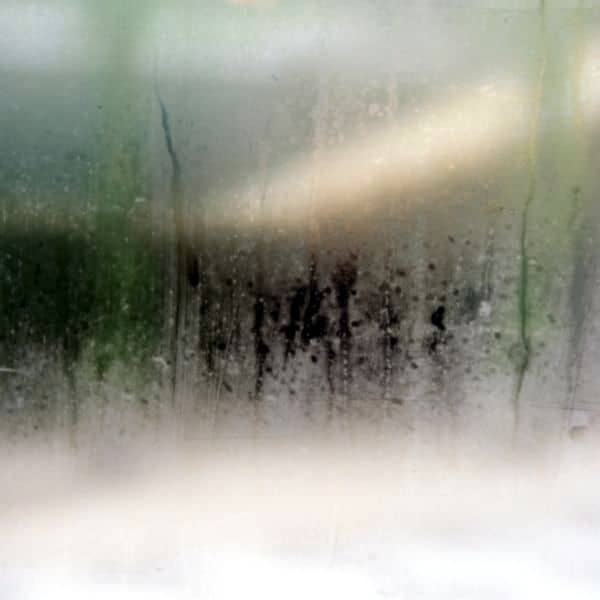
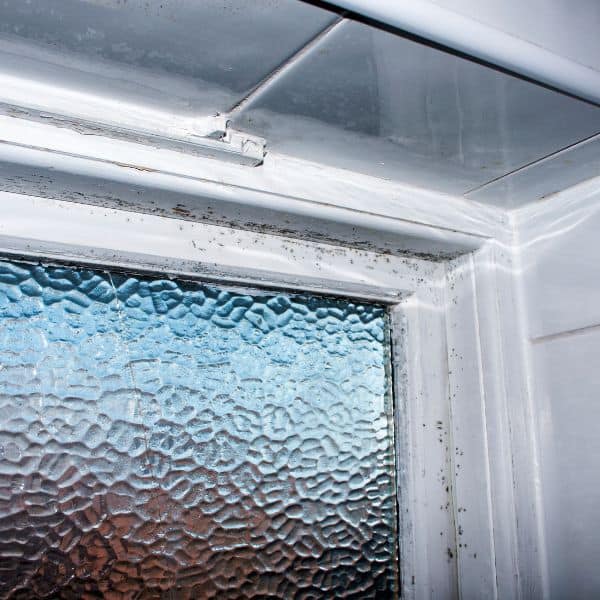
A reading of under 30% indicates very low humidity and low levels of moisture.
This can cause static that destroys electronic equipment. It also causes dry skin, dry eyes, and respiratory problems.
Ideally, the humidity in a house to prevent mold should be between 30% and 60%. These levels are unattractive to mold and will discourage its growth.
Running a humidifier pumps large volumes of moisture into the air. So, it is important to keep monitoring your levels to ensure that you do not exceed 60%.
Some more expensive humidifiers are equipped with a built-in humidistat. This device can detect the humidity level and will automatically turn off the machine when your desired level is reached.
If you have a smaller humidifier without a humidistat, you will have to manually check your humidity levels. This may sound like a lot of hard work, but keep in mind that in rooms of over 60%, mold is just waiting to grow!
Place your humidifier in a well-ventilated area
If possible, try to ensure that rooms with humidifiers are well-ventilated or ventilated at some stage during a 24-hour period.
Fresh air will circulate and remove excess moisture, reduce odors, and discourage the growth of mold.
If you have to humidify spaces that do not have ventilation, run the machine for shorter times and monitor your levels with a hygrometer. Stuffy, damp rooms are the perfect environment for mold to grow.
CDC (The Centers for Disease Control and Prevention) is a good resource for how to control mold.
Avoid using a humidifier in small, enclosed spaces
Basements, attics, crawl spaces, and small rooms like bathrooms will quickly build up high humidity levels if you leave your device to run for long periods of time.
Try to avoid using a humidifier in small, enclosed spaces unless it is vital. If you have to, monitor the area often to ensure that the levels are at the optimum level.
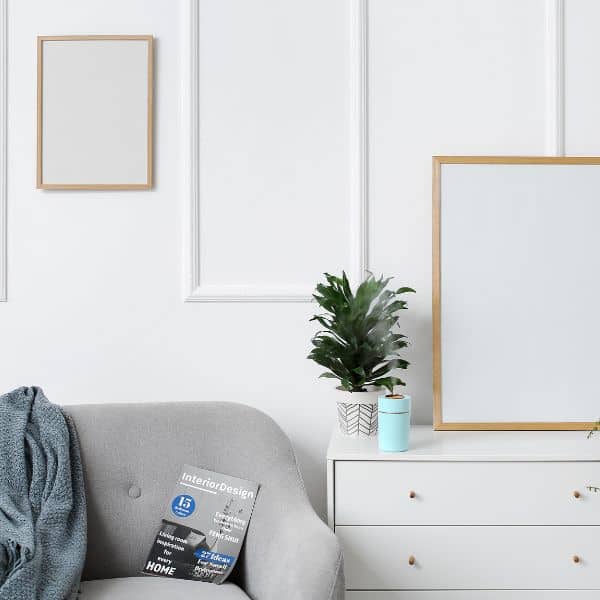
Take note of where you place your humidifier
Do not stand your humidifier within 12 inches of walls, curtains, furniture, or other appliances.
Don’t place humidifiers under shelves or window sills. The moist air will flow out directly onto these surfaces, causing them to become wet and even dripping with moisture. This will certainly cause damage and encourage mold to grow if left unattended for a long time.
For the safest use, ensure that your device has ample space on all sides so that damp air can circulate away from the machine.
If you have a humidifier with a swivel nozzle, this is a great feature that allows you to direct the mist away from walls.
Keep the area under the humidifier dry
Because moist air is flowing out of your humidifier, you will find that the area around the machine is more susceptible to becoming damp or even wet.
Place your device on a waterproof mat if possible.
Don’t place it on fabric, carpets, or wooden surfaces that absorb moisture more readily.
Keep an eye on the area around your machine and wipe it dry regularly.
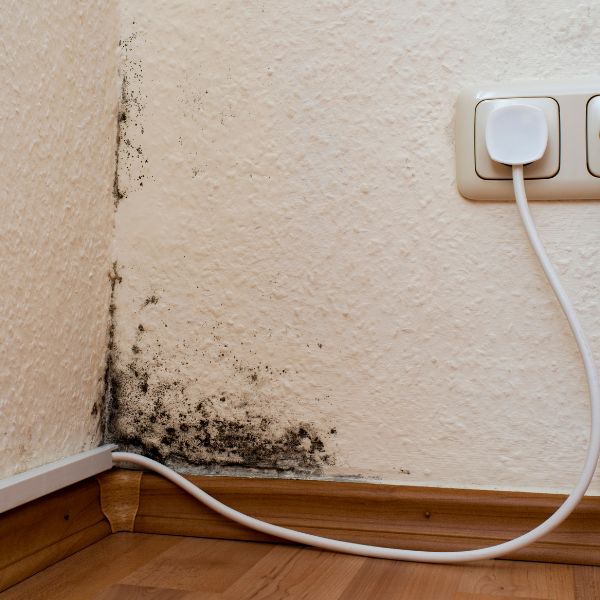
Consider using mold-inhibiting wall paint
A very common question is how do you prevent mold on walls when using a humidifier?
Wiping down your walls with a solution of water and vinegar can kill mold and prevent its regrowth. However, it is not guaranteed.
If you have to run a humidifier for long periods of time, you may want to consider painting your walls with specialized paint that incorporates a mold inhibitor. These paints contain mold-resisting ingredients like mildewcide. To learn more, here is an interesting in-depth article on mold-resistant paint.
Clean your humidifier regularly!
Your humidifier itself is the perfect place for mold to grow.
It is damp and warm, and if you don’t clean it regularly, you will soon notice green or black mold growing in the tank or on the surfaces of the machine. If you do find mold in your humidifier follow our Step by Step Guide to Remove Mold from humidifier.
Plan to clean your humidifier at least once a week and give it a deep clean at least once a month. You can look at our article on how to avoid humidifier cleaning mistakes to get all the info you need. Harmful mold, mildew spores, and bacteria growing in the water tank will be expelled into the air, and this is not what you want.
Use distilled or demineralized water
Tap water contains minerals and impurities that leave deposits in the humidifier, creating an ideal environment for mold to grow. You will notice limescale build-up that is difficult to remove and may damage the device over time.
If you can, try to use distilled or demineralized water in your humidifier.
This does add to the cost of running your machine. However, using distilled water can also help prevent the release of impurities into the air, providing a cleaner and healthier environment for your family.
If tap water is your only option, you can consider adding anti-microbial solutions to the water.
This can be an inexpensive choice like vinegar or Hydrogen Peroxide.
Teatree Oil is great as a natural disinfectant and a breathing aid for people with asthma and other respiratory illnesses. Make sure to check what the manufacturer advises regarding adding essential oils to your humidifier.
You can also buy humidifier tablets to put into the tank.
You can prevent mold from forming in your home from humidity that is too high.
Make sure your humidifier itself does not have a mold problem. Check it now to see if there is mold in your humidifier and if so, follow the easy steps in the guide.


